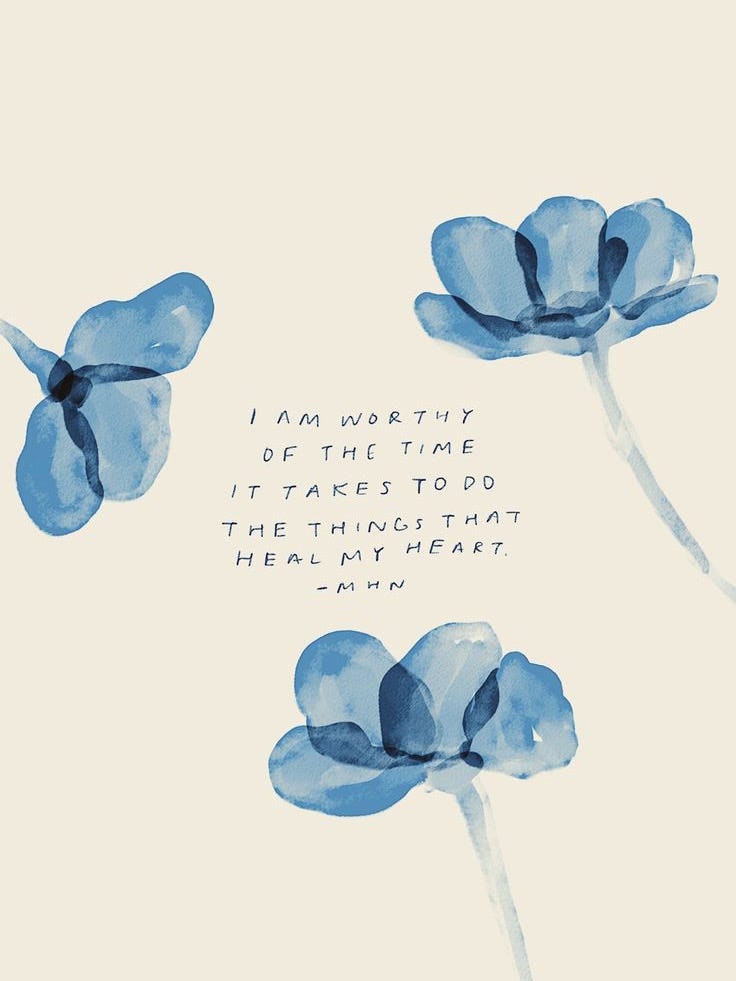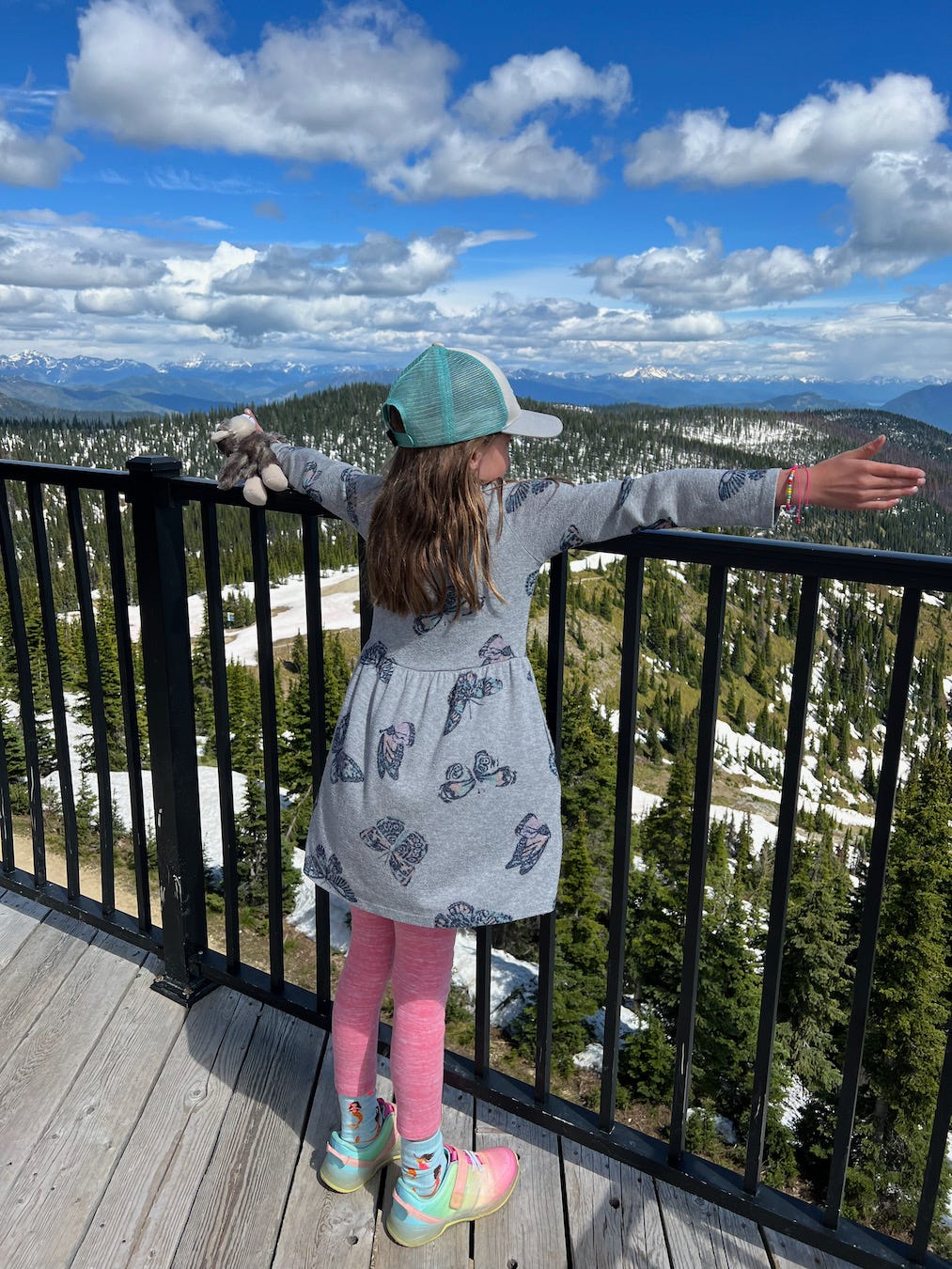Welcome to The Learning Curve, a weekly newsletter to share our understandings, joys, and learnings through personal narrative. Our writers span many generations, cultures, identities, and ethnicities.
We’d like to welcome our recent new subscribers! If you haven’t subscribed yet, please join us!
Happy July! We hope you and your family had a safe holiday weekend.
When Molly and I (Emily Smith) receive Emily Fleming’s letters, we are always amazed at her ability to express the nuance of current events. Her skill of recognizing the gray areas of life is, of course, at least due in part to her experience as an Emergency Room doctor, but her wisdom about the ups and downs of life comes from within. —Emily Smith

When a layperson thinks about an Emergency Physician, they think of guts, gore, and chaos. Thanks to the television series ER (that I absolutely still watch), the public was given a glimpse into our workplace that is actually fairly representative. We are masters of triage, knowing when to prioritize what, caring for the sickest patients first while trying to move with speed to attend to everyone else and minimize their wait times. Classically, the ER doc is known for having a stomach of steel, a dry and calloused sense of humor, and the briefest of attention spans.
Perhaps a lesser-known skill of the emergency physician is that of task-switching. I have become an expert at juggling multiple patients at once, moving my focus from one to the next, and back again. I am constantly weighing priorities, quickly evaluating each new patient that presents to see if their condition warrants my swift attention, often having to step away from whatever I was in the middle of to go and address an immediate life threat.
I have no problem stopping what I am doing to go resuscitate a patient in extremis. It is after that resuscitation is complete that I find myself reluctant to dive back into the rhythm of the ER.
Recently, I did just that. A patient arrived via EMS with CPR in progress. My team and I were unable to successfully resuscitate this patient, and they died. We stopped for a moment of silence and honored the life that this patient represented. But after a deep breath, it was time to return to splinting broken arms, suturing lacerations, and trying to identify a source for another patient’s abdominal pain.
A little while later, the patient’s family arrived. I stopped what I was doing and went to sit down with them, to try and break the news with as much honor and respect as it deserved, knowing full well that I was probably failing at doing anything other than ruining their day. After a few moments, I ushered them in to sit with their lost loved one for a while.
Then returned again to the now-extremely-chaotic emergency department. There were still a few hours left in my shift, with lots of patients yet to see. I simply did not have the luxury of time to process the deeply human experience in which I had just participated.
That afternoon, after I got home, I was in a bit of a funk. I was irritable, short-tempered, and brooding. It took me longer than I care to admit to realize that I was finally processing the death of the patient earlier in the day.
I didn’t have the time to honor the gravity of what I had witnessed at the time it had occurred. But it caught up to me. So I let myself feel it. The faces of the family members as they told me about the horror of the patient’s last moments were etched in my memory. The paramedics shared their pain with me as they recounted having to pull howling family members off the patient’s body in order to begin resuscitation efforts. A life was lost; a hole now exists in that family where someone they deeply loved once stood.
Witnessing the end of a human’s life is no small thing. Even more affecting is the toll that death takes on the loved ones who are left behind. It is normal to be affected by it. Empathy is one of the most beautiful aspects of our shared humanity: the ability to be emotionally moved by the experiences of others.
Learning how to compartmentalize your emotions can be a profoundly useful skill. Sometimes a thing can hit you so heavily, wound you so deeply, that it takes some time to fully understand all the ways in which it affects you. And that is time you may not always have in the moment.
On June 24, the U.S. Supreme Court reversed Roe v. Wade. My heart sank when I heard the news, and I was no less than completely gutted, even though I knew it was coming. But this day also happened to be my daughter’s eighth birthday. There was not enough space to fully process my rage and grief amidst the birthday festivities. Throughout the day, little bits of despair would creep in, but they were quickly outshined by all the celebrating we did in her honor. My priority was her, sitting right in front of me in that moment, turning eight. Finding a way to defend her right to bodily autonomy would have to wait.
Just as delayed gratification requires a degree of intellectual maturity to successfully execute, compartmentalizing your emotions and delaying their exploration for a time when you can do so fully requires emotional maturity. It is much easier to either react in the moment and have a knee-jerk response that may not be as thoughtful or careful as you might like. Or to bury your emotions so deeply that you never access them or feel them fully at all.
One of the most self-honoring things we can do is to take the time we need to explore the deepest corners of our hearts. Feel it all. Though the frenetic pace of life can make this practice feel exceedingly luxurious, the richness of a life lived to the fullest is well worth it.
“Things take the time they take. Don’t worry.”
Mary Oliver
Emily’s Five Favorite Things
Thanks to Natalee, I started incorporating a little bit of M.A.G.I.C. into my morning routine. I found I *really* struggled with self-affirmations. Self-critique is really more my thing…maybe you can relate. I decided to be more intentional about filling that gap and found a silly little app that might actually be changing my life. The free version of I Am sends little affirmations to my Apple watch (or phone) every few hours, and it has been the most beautiful breath of fresh air.
I've been listening to This Is How It Always Is after it was recommended by a dear friend. I am loving how it is opening my eyes to a scenario I had not otherwise spent much time considering. Highly recommend.
Yet again, I fell prey to Instagram marketing, but it worked out. I bought a Left on Friday swimsuit. And then I bought another one. The kindergartener in me loves mixing and matching all the colors, and it is truly a great suit for getting out and being active. Form meets function, all the way.
During the COVID lockdown, my biweekly trips to the nail salon were canceled. I still craved my dip powder manicures and was skeptical when a friend told me about this DIY home kit from Revel Nail. But after a brief learning curve (see what I did there?! 😏), I was successfully doing my own nails. Now I’m 2+ years in, saving so much money, and have amassed quite the collection of colors. You can do it too. I promise.
For the second year in a row, I biked Going to the Sun Road in Glacier National Park. This year, I did it on an e-bike, which was markedly more enjoyable. It is truly an unbeatable experience. Can’t recommend it highly enough.
With gratitude,
Emily Fleming
P.S. Emily’s letters are consistently personal and poignant, especially when reflecting on the gray areas of life. Some of our favorites include loving our bodies, working through (or despite) our difficult circumstances, and taking time to rest and rejuvenate.







